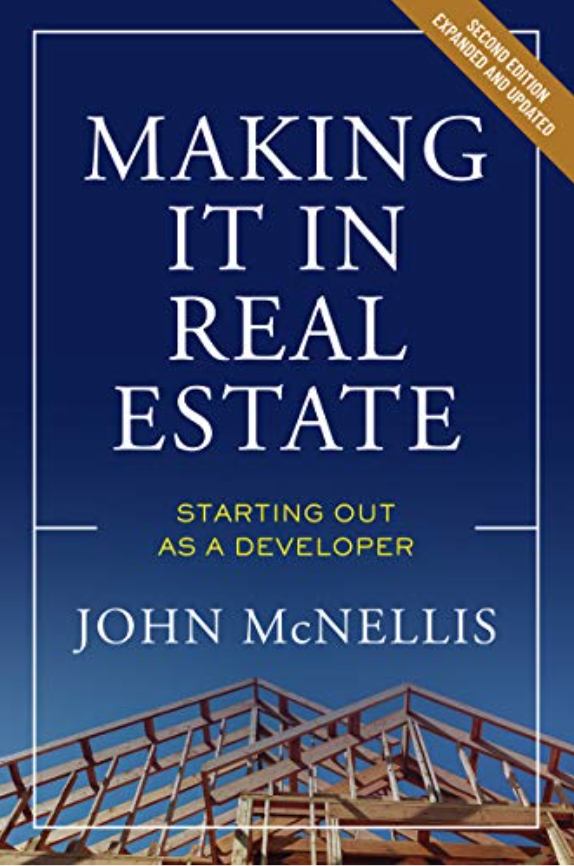The Wall Street Journal reported last week that April’s commercial property sales were down 16 percent compared to April 2021. In detailing the market’s loss of velocity, the newspaper stated that the hotel, senior housing, office buildings and industrial sectors were particularly hard hit, while retail and apartment building sales remained robust. The cause? Rising interest rates, inflation and economic uncertainty. The piece concluded with this hopeful quote: “It’s now turning into a buyer’s market.”
Maybe. But if a buyer’s market were universally acknowledged, the sales volume wouldn’t have nosedived off the thirtieth floor. Sellers and buyers would have been on the same page. Let’s say that a hot seller’s market is the height of summer, and a bone-picking buyer’s market the depth of winter. What we have today is that seasonal no-man’s land, when summer’s lingering heat chases away the gathering chill for a day or two, only to be beaten back by the strengthening north wind. In less poetic terms, we have a widening “bid-ask spread”, that is, sellers sticking with their summer prices and cagey buyers either spooked or looking for big wintry discounts. This disconnect is the root of the precipitous sales decline.
With the caveat that divining national trends from personal anecdotes is risky business indeed, let’s bring the Journal’s big numbers down to the small. We listed a forty-unit apartment building in the East Bay in May, a couple months too late. The bid date came with just one zombie offer, about 25 percent off the asking price. We declined. Another offer straggled in a couple days later. The buyer—a born negotiator—chiseled harder than Michelangelo, wore us down and we finally accepted a deal about 7.5 percent off list. Then a week into her 10 day “free look”, this buyer dumped us with a text. No explanation, no complaints about the property, no further chiseling—nada. Bewildered, we could only conclude the buyer had become fearful and decided to keep her money in her mattress.
Another blown deal: We listed a shopping center in the valley late last fall. It languished over the Christmas holidays. Then it wall flowered throughout January and February. Then our broker broke the news that wasn’t news: interest rates had risen, anyone buying class B retail was yield-driven and we had to lower our price to maintain the property’s yield. We dropped our price by 11 percent (a decent chunk of money) and an offer finally appeared. Once more, rounds of Mt. Rushmore chiseling ensued, and we went into escrow. To get this center off our books, we even agreed to carry a first mortgage for three years, thinking we would eliminate the reluctant lender issue. Despite our willingness to bank the deal, the buyer walked away two weeks into his initial review without a word of complaint about the property or a desire for a further price cut.
Thus, our personal experience tells us the Journal is on the money about the velocity drop-off, but note that our two properties—retail and residential—were among the subspecies that are supposedly still thriving nationwide. (Back to the perils of anecdotal evidence.) Let’s return, however, to that shimmering mirage of a buyer’s market. We’ve been in commercial real estate for decades and the only true buyer’s market we’ve ever experienced was during the early nineties, the time when the RTC took over the bankrupt savings and loan industry and conducted real estate’s greatest fire sale since France dumped Louisiana. During that period, real estate’s ownership underwent a seismic shift: The mom & pop investors and cowboy developers who owned over-leveraged properties were wiped out. In their place came the real money—institutional investors with pockets so deep they never had to sell out of economic necessity—owners that could ride out any market turbulence.
We’ve looked forward to buyers’ markets before: the dot.com recession of 2001, the Great Recession of 2007 and the Covid recession of 2020. None ever materialized. At best, a handful of good deals were picked off at the margin. The opportunity funds—the billions in vulture capital that Wall Street raised to snatch bargain-basement deals—did end up with an opportunity, that of paying full price for their acquisitions.
Real estate isn’t wheat, it’s not perishable. Absent personal disaster, deep-pocketed sellers never have to sell.


